Survival Piece #5: Portable Orchard
29 Jun 2024 - 05 Jan 2025

Installation view of Survival Piece #5: Portable Orchard (Whitney Museum of American Art, New York, June 29, 2024–January 1, 2025). The Harrisons, Survival Piece #5: Portable Orchard. Photograph by Reagan Brown

Installation view of Survival Piece #5: Portable Orchard (Whitney Museum of American Art, New York, June 29, 2024–January 1, 2025). The Harrisons, Survival Piece #5: Portable Orchard. Photograph by Reagan Brown
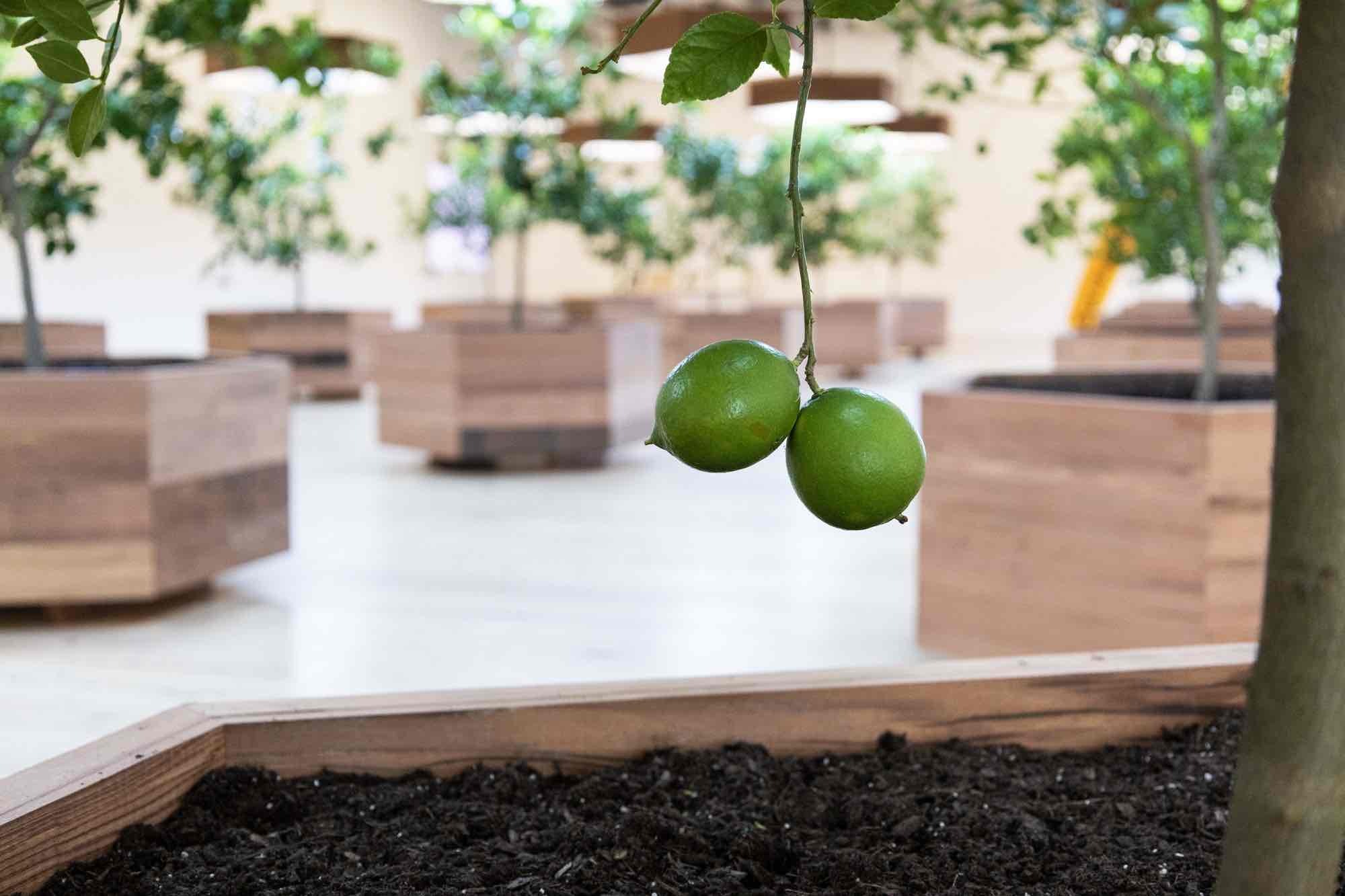
Installation view of Survival Piece #5: Portable Orchard (Whitney Museum of American Art, New York, June 29, 2024–January 1, 2025). The Harrisons, Survival Piece #5: Portable Orchard. Photograph by Reagan Brown

Installation view of Survival Piece #5: Portable Orchard (Whitney Museum of American Art, New York, June 29, 2024–January 1, 2025). The Harrisons, Survival Piece #5: Portable Orchard. Photograph by Reagan Brown
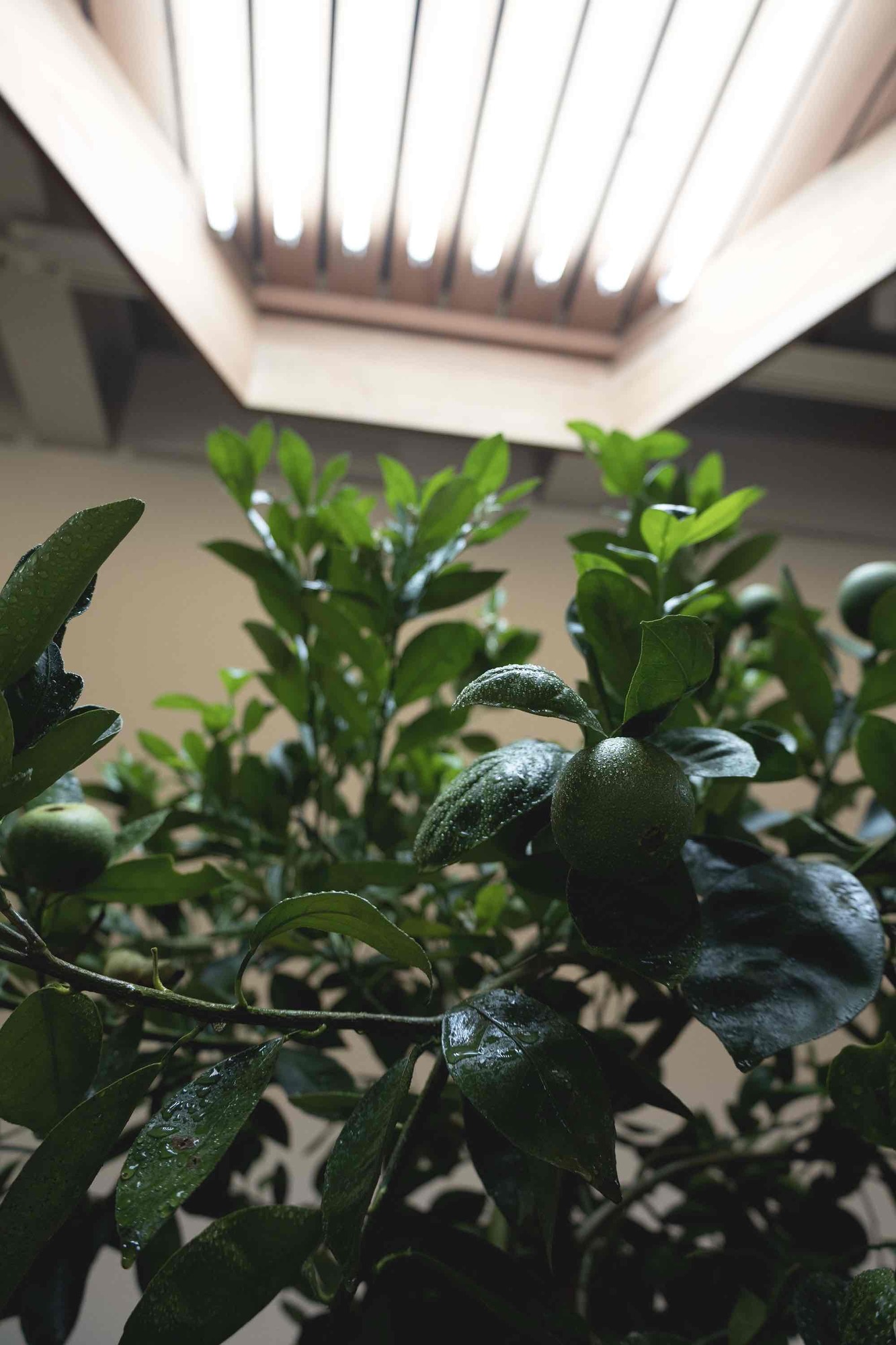
Installation view of Survival Piece #5: Portable Orchard (Whitney Museum of American Art, New York, June 29, 2024–January 1, 2025). The Harrisons, Survival Piece #5: Portable Orchard. Photograph by Reagan Brown
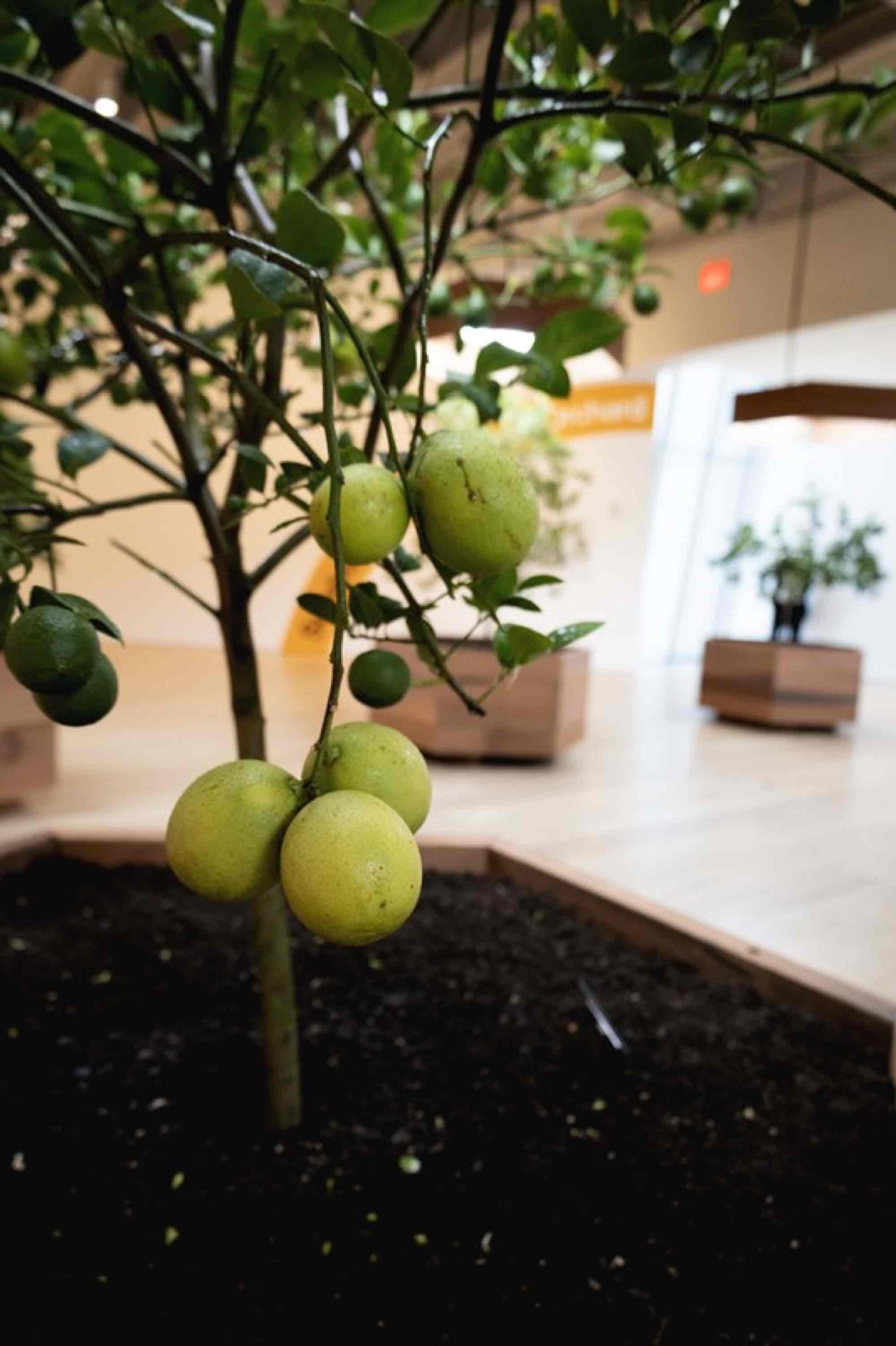
Installation view of Survival Piece #5: Portable Orchard (Whitney Museum of American Art, New York, June 29, 2024–January 1, 2025). The Harrisons, Survival Piece #5: Portable Orchard. Photograph by Reagan Brown
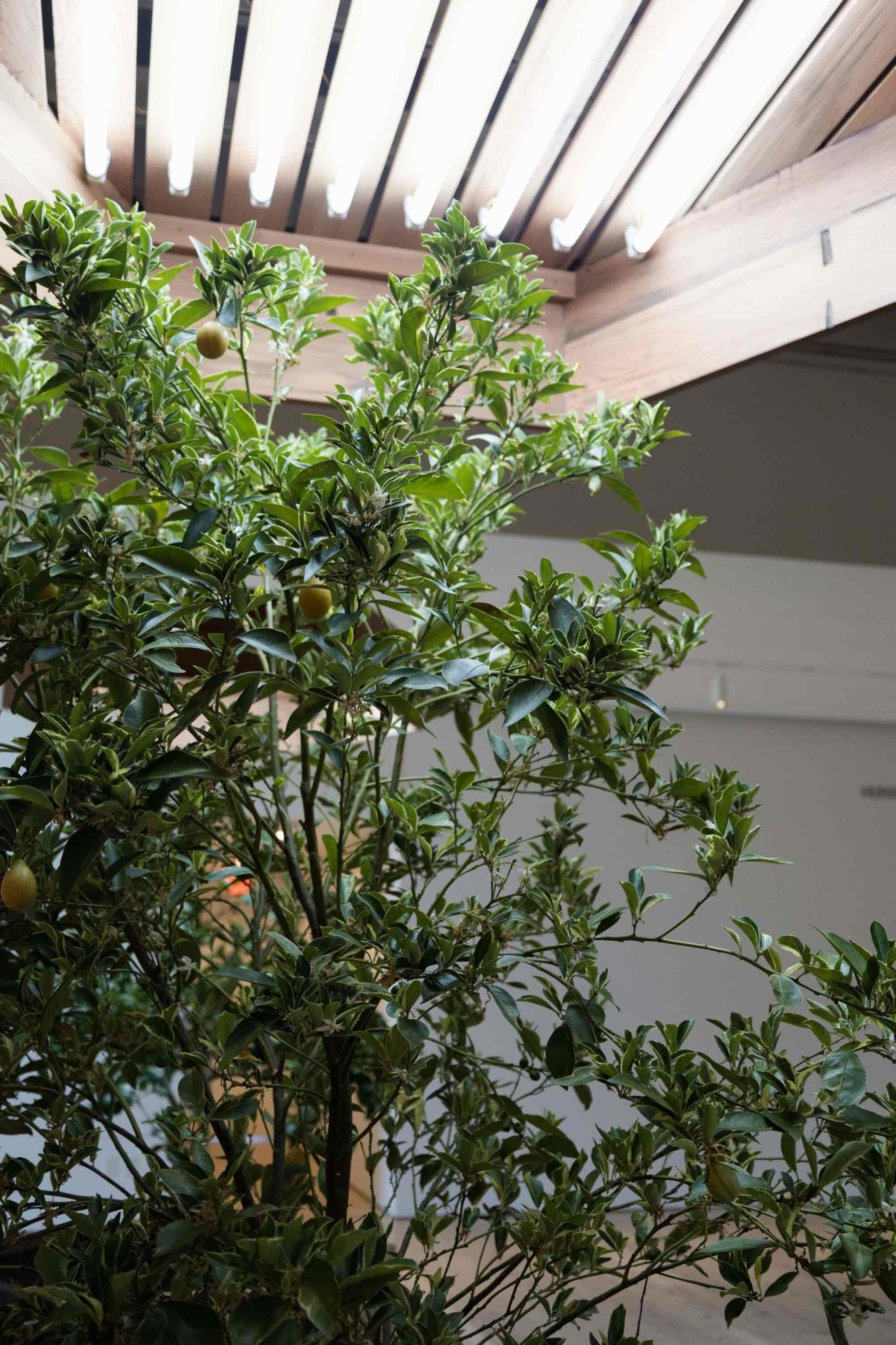
Installation view of Survival Piece #5: Portable Orchard (Whitney Museum of American Art, New York, June 29, 2024–January 1, 2025). The Harrisons, Survival Piece #5: Portable Orchard. Photograph by Reagan Brown
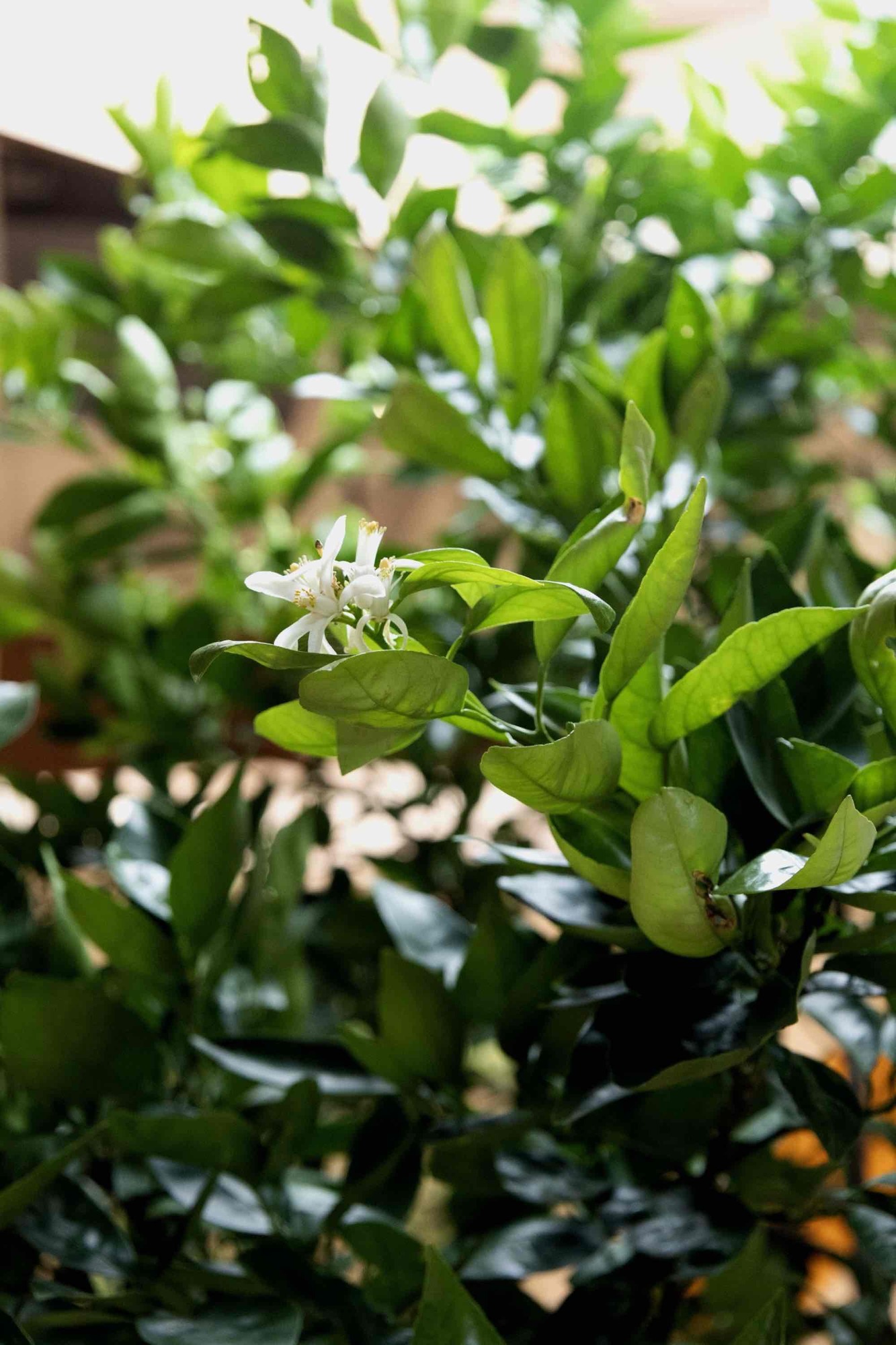
Installation view of Survival Piece #5: Portable Orchard (Whitney Museum of American Art, New York, June 29, 2024–January 1, 2025). The Harrisons, Survival Piece #5: Portable Orchard. Photograph by Reagan Brown
Survival Piece #5: Portable Orchard marks the first standalone museum presentation of the fully realized indoor citrus grove conceived and designed in 1972 by artists Helen Mayer Harrison (1927–2018) and Newton Harrison (1932–2022). This project explores the need for a productive and sustainable food system in an imagined future where natural farming practices are obsolete and cannot be taken for granted. Stretching across the Museum’s eighth-floor gallery, this installation of eighteen live citrus trees rooted in self-contained planters with individual lighting systems reflects a survivalist alternative in the face of environmental decline.
The Harrisons began their decades-long collaboration in the early 1970s, inspired by emerging environmentalist movements and a growing social awareness of the planet’s vulnerable ecosystems. They brought distinct backgrounds in education and sculpture to their shared creative practice and developed an approach to artmaking that was grounded in cross-disciplinary research and yielded projects that served simultaneously as works of art and calls to action. “To survive as a species,” Helen Harrison reflected, “we are going to have to learn how to grow our own food and take care of ourselves at one point or another. So we started looking at what that means.” Portable Orchard is one of seven Survival Pieces developed by the Harrisons in the early 1970s, each of which proposes an alternative to an existing food production system—from a hog pasture to a shrimp farm. The Harrisons planned for future implementation of these projects by making detailed instruction drawings; the Museum’s recent acquisition of one such drawing was the impetus for this presentation and is on view in the galleries, along with additional archival materials. Portable Orchard reveals the prescient quality of the Harrisons’ research into food sustainability as well as the successes and failures of artificial systems built to sustain life—issues that are even more relevant today than they were fifty years ago when the project was first conceived.
Survival Piece #5: Portable Orchard is organized by Kim Conaty, Nancy and Steve Crown Family Chief Curator, with Roxanne Smith, Senior Curatorial Assistant.
The Harrisons began their decades-long collaboration in the early 1970s, inspired by emerging environmentalist movements and a growing social awareness of the planet’s vulnerable ecosystems. They brought distinct backgrounds in education and sculpture to their shared creative practice and developed an approach to artmaking that was grounded in cross-disciplinary research and yielded projects that served simultaneously as works of art and calls to action. “To survive as a species,” Helen Harrison reflected, “we are going to have to learn how to grow our own food and take care of ourselves at one point or another. So we started looking at what that means.” Portable Orchard is one of seven Survival Pieces developed by the Harrisons in the early 1970s, each of which proposes an alternative to an existing food production system—from a hog pasture to a shrimp farm. The Harrisons planned for future implementation of these projects by making detailed instruction drawings; the Museum’s recent acquisition of one such drawing was the impetus for this presentation and is on view in the galleries, along with additional archival materials. Portable Orchard reveals the prescient quality of the Harrisons’ research into food sustainability as well as the successes and failures of artificial systems built to sustain life—issues that are even more relevant today than they were fifty years ago when the project was first conceived.
Survival Piece #5: Portable Orchard is organized by Kim Conaty, Nancy and Steve Crown Family Chief Curator, with Roxanne Smith, Senior Curatorial Assistant.
